JOURNAL
PARASITES
Make no mistake about it, worms are the most toxic agents in the human body They are one of the primary underlying causes of disease and are the most basic cause of a compromised immune system.” – Hazel Parcells, D.C., N.D., Ph.D., 1974.
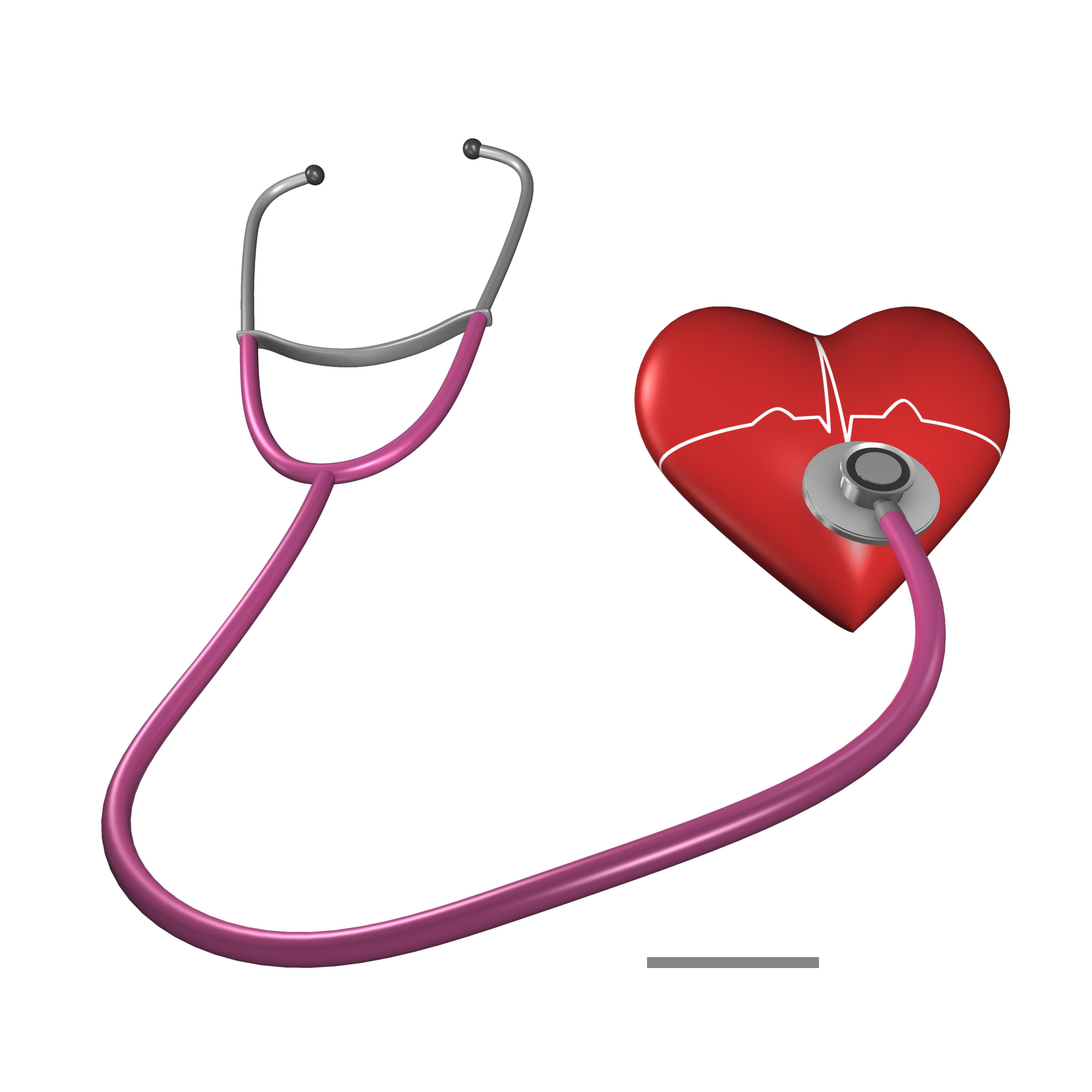


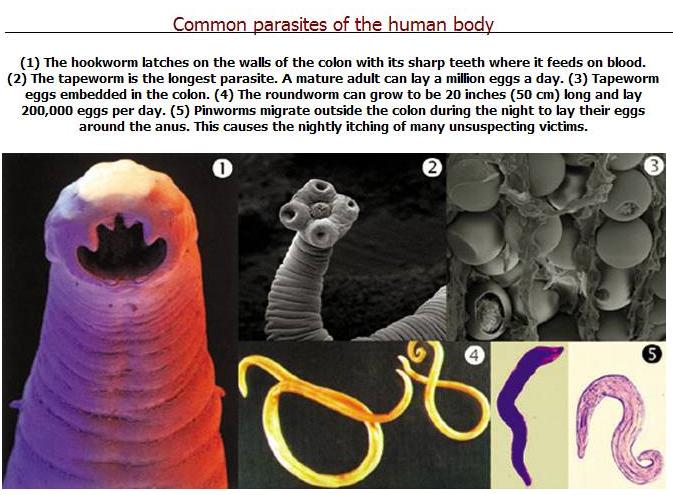
“Parasites are the missing diagnosis in the genesis of many chronic health problems, including diseases of the gastrointestinal tract and endocrine system Most individuals would be truly amazed if they knew the extraordinarily high number of Americans who are unknowingly infected by parasites…” – Dr. Hermann R Bueno, Fellow of Royal Society of Tropical Medicine and Hygiene of London. Writing in Volume 4 of The Angels of Life Natural Health Journal, I noted: “Pathology can result from pneumonia caused by a worm’s migration through the lungs, blocking of the gastrointestinal track or the bile or pancreatic duct Moreover, parasite infestation can cause even more severe problems "
“I strongly believe that every patient with disorders of immune function, including multiple allergies (especially food allergy), and patients with unexplained fatigue or with chronic bowel symptoms should be evaluated for the presence of intestinal parasites ” – Leo Galland, M D Townsend Letter for Doctors, 1988
Publisher: Keith Henry, N D
Welcome to another informative and insightful issue of The Natural Health Journal I am sure that you will love this new issue I hope that you really enjoy my article on the Parasites that may very well be residing in you right now, and what you can do about it! However, that is just one article, this issue is jam- packed with more information and more articles that I am sure you will find helpful.
If you are reading the digital version of The Natural Health Journal please be sure to share it with your social media contacts, family members, etc You can visit: thenaturalhealthjournal com to read past issues and other natural health info
Blessings, Keith Henry, N D
Available @ Amazon.com
Parasites Which Ones Live Inside Of You? continued from cover story
“We have a tremendous parasite problem right here in the United States – it’s just not being identified ” – Peter Weina, Ph D , Chief of Pathobiology, Walter Reed Army Institute of Research, 1991 [1]*
According to the World Health Organization: “Overall, about 1 5 billion people have roundworms, making it the third most common human infection in the world Whipworm infects 1 billion people More than 1 3 billion people carry hookworm in their gut, and 265 million people are infected with schistosomes.”[2]*
Descriptions
“Tape worms: Taenias – fish tapeworm, beef tapeworm, and pork tapeworm Obtained from eating raw or undercooked, infected meat Adult worms can reach a length of more than 15 feet Pork tapeworms can enter the brain and cause seizures Fish tapeworms can produce over one million eggs per day. It can grow up to 33 feet. This worm is normally half an inch long, and is usually white/grey in color.
White worms: They come in all sizes, from tiny pinworms to those that look like spaghetti or angel hair pasta.
TYPES OF WORMS
The most common type of worms are round worms (including ascarids, hookworms, pinworms, and threadworms) and tapeworms
Roundworms are contagious intestinal parasites shaped like earthworms, only smaller in size However, they can still be seen with the naked eye
The adult round worms live in the lumen of the small intestine The female may produce up to 240,000 eggs per day, which are passed with the feces Fertile eggs become infective after about 18 days to a few weeks The adult roundworm can live 1 to 2 years.
Red worms: These look just like earthworms. They exude from the colon wrapped in balls. They can reach up to 6 inches long.
Inch worms: These are thick (pencil size), black and bumpy, and about 2 inches long.
continued on next page
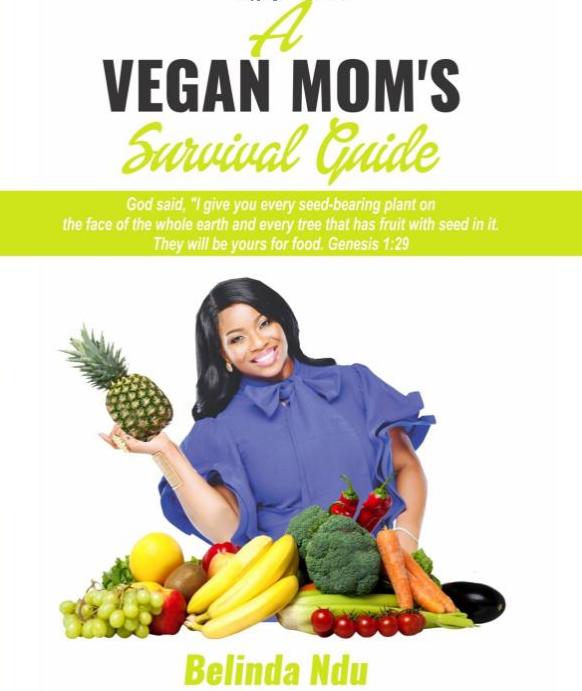
Tapeworms vary in length from an inch up to 30 feet! Moreover they can survive for up to 25 years in the body. Pinworms, in contrast, are white, about 13 of an inch long and threadlike
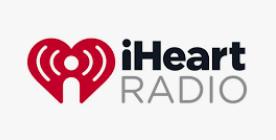


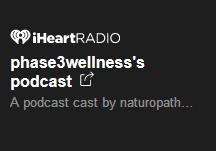
Black worms: These are 10 – 12 inches in length and leave the colon wrapped in ‘yellow acid water’ They nest deep in the impacted colon wall
Pin worms: Tiny parasites that wiggle out of the anus cavity They have the appearance of white rice and are about 3/4 inch long and are thicker than white worms
Hook worms: Curved parasites about six inches long, and grayish Infestation is as high as 50% worldwide Hookworms grip the intestinal wall and suck blood
Thread worms: Cream-colored parasites as thin as a thread They often come out by the hundreds
Stickpin worms: One inch long and a head like a pea, perfectly round, small ones are white, adults are black
‘Little fish’: Fish-type parasites with heads and tails that swim out of the colon in schools. They average about 1/2 inch long.
‘Fuzz balls’: Round parasites with fur on them. About 1/4 – 3/4 inch diameter, yellow in color.
‘Spiders’: Has an appearance similar to that of a spider and are colored brown; often 1 inch long.” [4]*
Pinworms can cause severe anal itching (especially at night, because the worms tend to migrate outside the anus to lay eggs) insomnia and restlessness.
Hookworms can cause itching on the soles of the feet, and in some instances bloody sputum, fever, rash, and loss of appetite.
Threadworms can cause coughing or bronchitis, abdominal pain, diarrhea, and gas preceded by tiny red abrasions that

ight and n, vomiting,
Infestation Of 15 Year Old Boy
Large tapeworms can cause similar symptoms, usually without the weight loss Tapeworms are worthy of particular notice in part because of the size to which they can grow within a human host “The fish tapeworm is a broad, long worm, often growing to lengths of 3-7 feet at maturity and capable of attaining 30 feet. It is the longest tapeworm invading humans with as many as 4,000 segments (proglottids). The main body of the worm is virtually filled with male and female reproductive organs allowing it to produce an incredible number of eggs, often more than 1,000,000 a day The adult attaches to the wall of the intestine with the aid of two sucking grooves located in its head (scolex) ”[5]*
“The adult is ivory or grayish-yellow in color and can live in humans for 20 years Humans are the final host of this worm, but first it must pass through a tiny freshwater crustacean, and then to a fish The larva that infects people, a ‘plerocercoid’, is frequently found in the intestines of freshwater and marine fish It is sometimes found in the flesh of freshwater fish or in fish that are migrating from salt waters to fresh water for breeding. You can be infected by eating raw, lightly cooked,… freshwater or certain migratory species of salmon, perch, pike, pickerel, and turbot. The popularity of eating raw fish dishes, such as Japanese sushi and sashimi, helps to spread this disease Some people are constantly hungry because the tapeworms are eating most of the food There are times when the worm gets so large that it will cause a colon blockage In some people a severe anemia may develop, because of this tapeworm’s ability to consume most of its host’s vitamin B12
Folate may be reduced as well With the anemia that results, neurological symptoms can manifest including numbness, loss of vibration sense, and even some eye symptoms.”[6]*
According to the, Natural Remedies Encyclopedia, the pork tapeworm and the beef tapeworm are more common than the fish tapeworm “Pork is an extremely dangerous food to eat The larvae of pork tapeworm frequently burrow through the intestinal wall and travel around the body in the blood Epilepsy and , if they infect the eyes, blindness may result” [7]*
AVENUES OF INFESTATION
There are four pathways by which we can be infected:
1) Via food or water which are sources of the roundworm, amoebae, giardia
2) Via a vector – mosquito carrier of dog heartworm, filaria, malaria; flea is a carrier of dog tapeworm; common housefly transmits amebic cysts; sand fly carries leishmaniasis.
3) Via sexual contact where partners can transmit trichomonas, giardia, amoebae
4) Through the nose and skin where pinworm eggs and Toxoplasma gondii can be inhaled from contaminated dust, hookworms, schistosomes, and strongyloides can penetrate exposed skin and bare feet
“Another parasitic pathway is the airplane. Extensive foreign travel has exposed people to a whole gamut of exotic diseases never before encountered in their homeland ” Guess What Came to Dinner by Louise Gittleman, pg 22 [8]*
Dr James Balch M D , and Phyllis A Balch, CNC note : “Worm infestations can range from mild to severe, even life threatening, particularly in children They result in poor absorption of essential nutrients, and in some cases, loss of blood from the gastrointestinal tract Malabsorption resulting from parasitic infection makes one susceptible to many diseases because it results in diminished immune function…Parisites are more common than most people suppose and they can be behind many illnesses, including colon disorders…They… are common in people with AIDS, chronic fatigue syndrome, candidiasis, and many other disorders”[9].*
to be true ”[10]*
One notable solution is Diatomaceous Earth By taking these capsules for three weeks, you can rid yourself of worms The worms eat it and it causes them to disintegrate
Garlic has been used effectively for pinworms, roundworms, giardia (an amoeba), as well as other parasitic infections
Finally according to Dr Huldah Clark, N D , “Getting rid of all parasites would be absolutely impossible using clinical medicines that can kill only one or two parasites each. Such medicines also tend to make you quite ill. Imagine taking 10 such drugs to kill a dozen of your parasites! Good news, perhaps, for the drug makers but not for you Yet three herbs can rid you of over 100 types of parasites! And without so much as a headache! Without nausea! Without any interference with any drug that you are already on! Does this sound too fantastic? Just too good to be true? They are natures gift to us
The herbs are:
1) Black Walnut Hulls (from the black walnut tree)
2) Wormwood (from the
3)
Natural Solutions
The are some very helpful foods as well as herbs for worm infestation
Aloe Vera taken in any form is very effective in eliminating worms Other herbs that help expel worms are Cascara Sagrada, Wormwood, Cloves, Echinacea, Goldenseal, Burdock, and Black Walnut to name a few Grapefruit seed extract is also helpful in destroying parasites According to the, Natural Remedies Encyclopedia, one can “Take bl k l t t t d haparral tea or tablets, eat lso drink fig juice A p of salt to a quart of orms The Japanese use Research has shown this
infestation Eating meat of any kind almost guarantees parasite infestation
The original diet given to Mankind in the Garden of Eden is still the optimal diet, and we would do well to follow the pattern given there Many of the foods given there will even now rid the body of parasites, as well as prevent infestation, if eaten in place of many of the processed, and unhealthy foods eaten today That original diet as given by the Creator reads as follows: “And God said, Behold, I have given you every herb bearing seed, which is upon the face of all the earth, and every tree, in the which is the fruit of a tree yielding seed; to you it shall be for meat.” An addition was added later, after mankind sinned, “thou shalt eat the herb of the field ” Genesis 1:29; 3:18 Thus the eatingof vegetables were added to mankind’s original diet to help compensate for some of that which we lost physically, and no doubt mentally, as a result of not obeying God’s instructions So the totality of man’s Genesis diet today should be a wide variety of fruits, nuts, grains, and vegetables
It has been my experience in working with people in health and in sickness, that this is the optimal diet hands down; and if you would drastically reduce your chances of parasite infestation, and the potential problems associated with infestation, I would highly recommend that you adhere to this Genesis diet.
Keith Henry, N.D.
*Reprinted From The Angels Of Life Natural Health Journal

These three herbs must be used together. Black walnut hull and wormwood kill adults and developmental stages of at least 100 parasites. Cloves kill the eggs. Only if you use them together will you rid yourself of parasites If you kill only the adults, the tiny stages and eggs will soon grow into new adults If you kill only the eggs, the million stages already loose in your body will soon grow into adults and make more eggs They must be used together as a single treatment ”[11]*
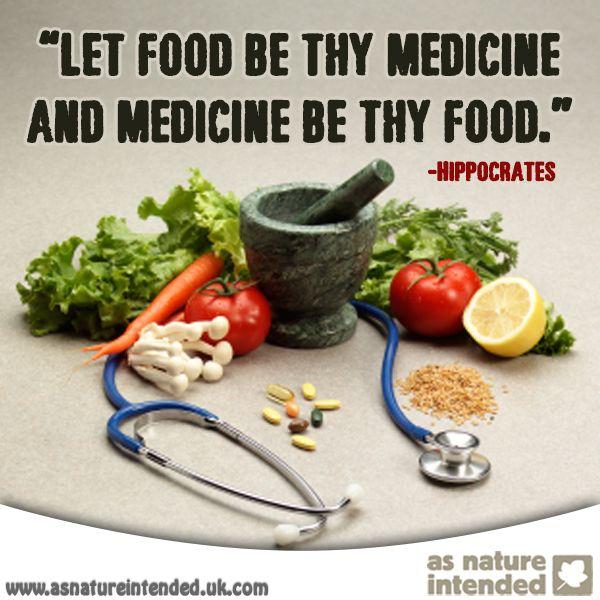
Remember the foods that you eat have a large part to play in worm infestation Even fruits and vegetables that have not been properly washed can lead to worm
The Lost Healing Art Of Hydrotherapy
By Joanne Mould
The year was 1918. In Europe the war raged. The United States was a vigorous, young nation, leading the world into the modern age It was an age of innocence, where the postage stamp cost 3 cents; unemployment was 1 4%; Federal spending was 12 68 billion; carpet sweepers cost $5 and a limousine $3,095 Life was good! But that peace was about to change
In the Spring of 1918, it was reported that an army private went to the camp hospital with a fever, sore throat and headache By noon, things had escalated to 100 men and in a week, 500 Forty eight soldiers in the prime of life, died that Spring at Fort Riley This flu became a relentless killer, especially of those between ages 20 and 40 The death numbers were staggering! World-wide it is estimated that it killed 50 – 100 million people, 675,000 dying in the U S , within 3 months!
The problem was compounded by the shortage of medical personnel in the U S , because many doctors and nurses were serving in World War 1 The virus also spread quickly and there were limited ways to prevent and treat the flu There were no flu vaccines, antiviral drugs, antibiotics or mechanical ventilators Treatment tools were basic and limited to supportive care and unproven remedies The dead and dying lay all around, as doctors and hospitals scrambled to put an end to this deadly flu. This pandemic, this deadly plague, was pushing society to the brink of collapse!
We have records of the use of hydrotherapy by Hippocrates (460-377 BC) and the ancient Chinese and Japanese, and many more individuals in various countries. Consider these:
1. It’s available and inexpensive
2 Great power of absorbing and releasing heat
3 Universal solvent
4 Non-irritating
5 Three useful stages: liquid, solid, vapor
6 Easy to apply
But what specifically was it about hydrotherapy (water-treatment) that could bring such positive results with the 1918 Flu? Here are some advantages of its use
“Hydrotherapy is an alternative practice that can be used to treat almost every condition, chronic or acute It is the most powerful, natural, non-poisonous means of quickly moving the nourishing, healing blood into and out of afflicted, diseased body parts It can do amazing things to stimulate our immune system, and help us feel good.
But, we can learn from our mistakes, and from history, so that we are not caught offguard again. Flu viruses continue to pose one of the world’s greatest public health challenges, and the risk of a flu pandemic is always there
In conclusion, why not learn and put into practice observing the health laws, in order to strengthen your immune system and take this opportunity to study into hydrotherapy and learn about its life-changing benefits The rewards will be impressive!
(Research material taken from the internet using the subject matter of the 1918 Flu Pandemic)
phase3wellness.com
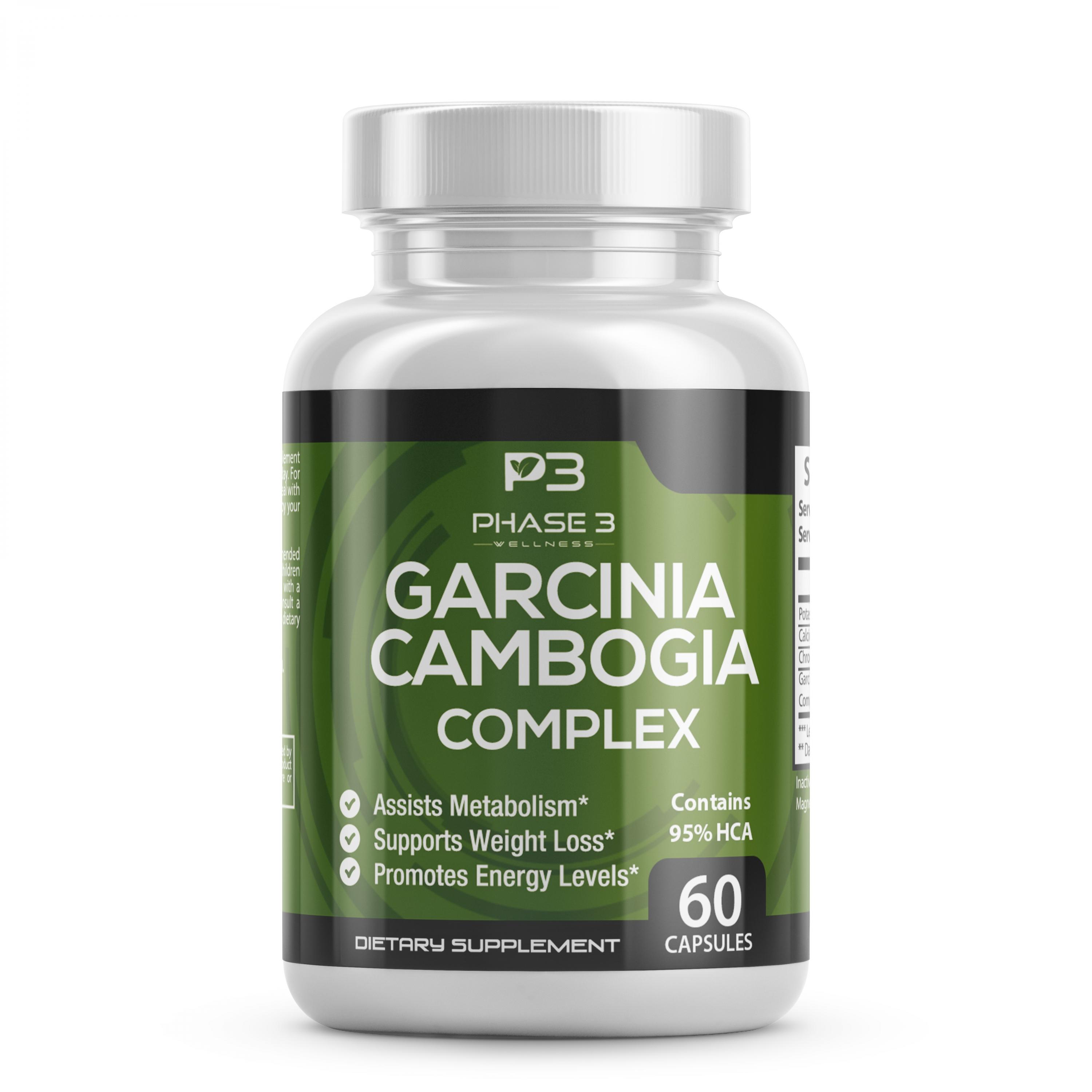
k and hopeless moment in history, a uccess in dealing with the Spanish Flu hydrotherapy treatments on ydrotherapist, who e Creek Treatment Center as people coming to be y came in, she never lost a

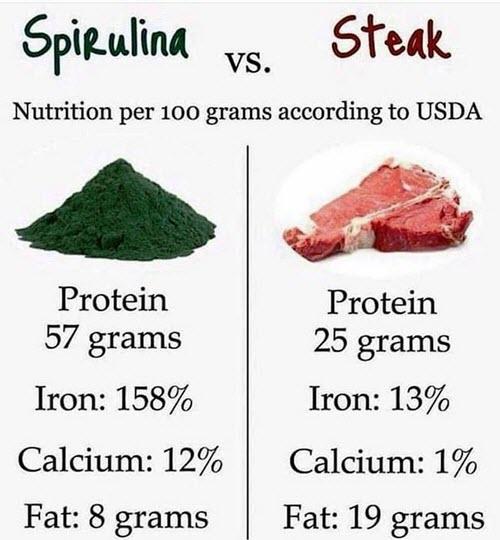
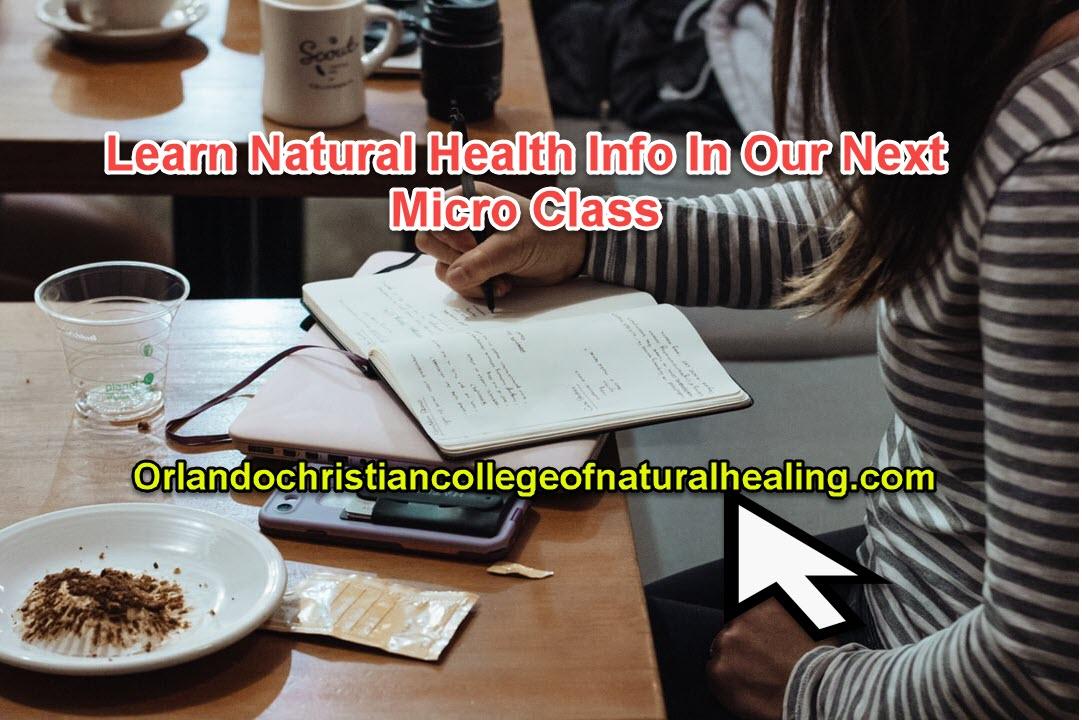
Hydrotherapy applications include hot and cold compresses and wet sheet wraps and baths, among other procedures that use the body’s own immune function to fight disease” Creation Health, April 25, 2019, ‘Liquid Facts’
And so, just as mysteriously as the Spanish Flu came it went, leaving in its pathway the aftermath of lives forever damaged and changed
Antibiotics: Side Effects and Alternatives
By Kelly Brogan, M D
We use a lot of antibiotics For coughs, cuts, urinary tract infections, and many times “just in case ” You could be considered reckless or ignorant if you opted to not use them. “But you could die of a deadly infection that could kill you!” chants the choir of voices entrained by a system that sees dangerous enemies lurking behind every life experience.
What may surprise you is that the real danger could lie in assaulting your body with an “antilife” (the actual meaning of the word!) chemical that could very well be a Russian Roulette of unintended harms Some of these harms are so significant that they could change the course of your entire life as you know it Given that, I bet that if you knew that there were effective, safe “alternatives,” you’d seriously consider them
To make your own decisions about health, you must inform yourself Informed consent around medical interventions involves exploration of the risks, benefits, and alternatives In our reactivity, however, we are accustomed to focusing only on the promise – knock that infection out and feel better quick! – without any meaningful information around the full breadth of scientifically-evidenced risks and treatment options.
The reality is that infections have a natural course with an inbuilt capacity for robust recovery, so we may be giving undue credit to antibiotics This appears to be possible based on the published literature For instance, this study[1] on rhinosinusitis concluded: “…the risks of potential side effects need to be weighed against the potential benefit that antibiotics give to the patient. This is especially pertinent as usage of the placebo has shown to be almost as efficacious as using the antibiotic therapy, and also much safer”
With rising rates of antibiotic-resistant infections (which have resulted from rampant antibiotic use), and fewer novel medications in the pipeline, it seems we are coming to a point of reckoning around our belief that the rampant extinguishing of life is a health-promoting practice
The Risks
“Catherine, you have an upper respiratory infection We aren’t sure whether it is necessarily bacterial, but you should go ahead and take that Z pack just in case…oh, and it’s unlikely, but it’s possible that you could be left bed-bound from neurological damage, develop a serious opportunistic infection, and possibly even a brand new psychiatric diagnosis like Bipolar Disorder. Hope you feel better soon!”
Microbiome-Dependent Risks
The Benefits
Antibiotics obviously work, right? Well, we are learning that our dogmatic assumptions conventional on a house of ebos to be more
With the discovery of the microbiome, conventional medicine as we know it should have gone back to the drawing board With the understanding that an inner ecosystem drives our epigenetic expression, ranging from nutrient production to metabolic health to hormonal balance to immunity and inflammatory response, the ‘body as machine’ model became obsolete. We need to better understand what makes a microbiome healthy and what hurts it
So far, we have been left with many questions and few answers[2] We have looked at super healthy modern hunter gatherers to try to quantify their gut health, we have studied the beneficial effects of probiotics, and we have learned that chemicals like Monsanto’s Roundup wreak havoc on our bugs We have learned that the transfer of bacteria occurs well before birth, and continues throughout breastfeeding, setting the stage for adult health by age 2 And it has almost become common knowledge that the indiscriminate killing of bacteria through the use of antibiotics may come with a cost. But will the cost really be anything more than a yeast infection or a bout of diarrhea?
Perhaps. We have ample evidence that antibiotics take out the “good” with the “bad” bacteria and leave a trail of imbalance that leaves the patient more vulnerable[3] A 2017 review[4] references the increased risk of foodborne infection, including antibiotic-resistant strains, in those who took antibiotics during travel, with unpredictable recovery rates that seem to get dismally worse with repeated antibiotic exposure:
“Even short antibiotic exposures disrupt the gut microbiome up to a year or more, and repeated exposures appear to attenuate recovery from ever occurring.”
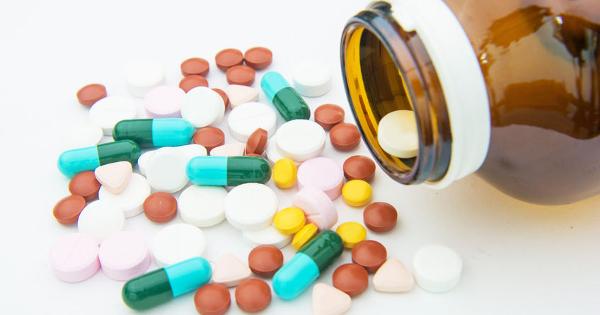


Similarly, up to a one-third reduction in biome diversity can persist longer than 6 months, even after one short course of the popularly-dispensed antibiotic, Cipro [5] This decrease in diversity can, itself, be a precursor to new illness For instance, inflammatory bowel disease (IBD) is one of several chronic illnesses associated with low levels of beneficial bacteria[6] Dysbiosis (imbalanced gut bacteria) is also a precursor to autoimmunity,[7] obesity, and weight gain[8]
Yeah, we all should be using less antibiotics – but what if we have to take an antibiotic? Then can’t we just take a probiotic afterward?
There is, unfortunately, scant evidence to support this seemingly logical integrative medicine practice While hamster studies suggest recovery of damage is possible[9], the broad spectrum of antibiotic effects and probiotic options makes personalization of this support method challenging Most probiotics contain only a few bacterial species, and our gut contains thousands
Microbiome-independent risks
As if that weren’t enough to slow your pace to the CVS pharmacy counter, there is a growing body of literature focused on the non-microbiome-based risks of antibiotics ng[10] to acute ave effects at mply inducing anges in up to functional in the of mitochondria ll), and damage are the known iatric risks of are few patients ychosis or scribed an 7 review by akopoulos[13] d be told of lity, confusion, psychosis, and
These researchers conclude: “The neuropsychiatric effects of antimicrobial drugs are extensively documented in the literature A number of antimicrobial drugs have the potential to exert CNS effects and many are associated with stimulant, psychotomimetic and epileptogenic properties, mediated by GABA antagonism (beta-lactams, quinolones and clarithromycin), NMDA agonism (D-cycloserine, aminoglycosides, and perhaps quinolones), MAO inhibition (linezolid, metronidazole and isoniazid weakly) as well as more exotic mechanisms, as in the case of trimethoprim, isoniazid, ethambutol, rifampicin and the tetracyclines.”
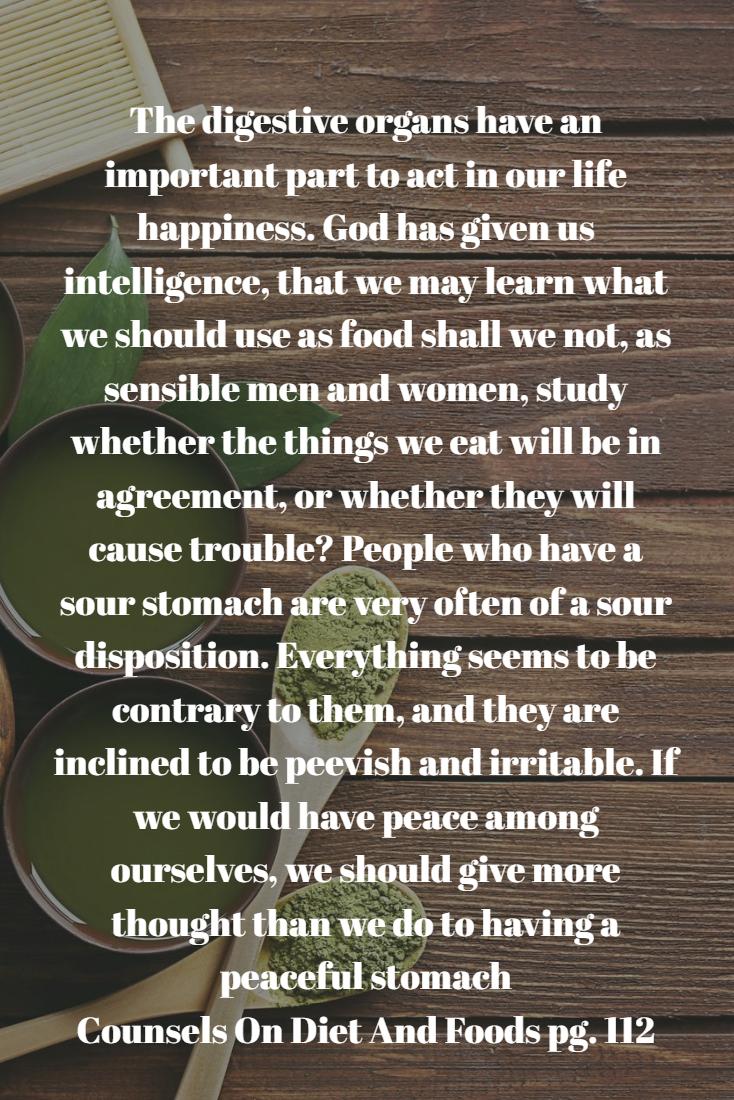
In fact, the term ‘antibiomania’ has been coined around the potential for antibiotics to induce manic symptoms In a recent review, twothirds of the mania-inductions were in male subjects[14] The resolution of acute-onset mania with charcoal suggests that these psychiatric risks may be both microbiomedependent and independent Relatedly, data suggests that there is a dose-dependent risk of newonset depression; the higher the antibiotic exposure, the higher the risk of depression[15]
If you don’t know to connect these dots, then you could end up believing that your “mental illness” is an entirely new diagnosis requiring lifelong treatment.
The Alternatives
Fortunately, many alternative strategies exist that resolve bacterial imbalances without the side effects of pharmaceutical antibiotics. Even better – many of the plant-derived therapies can be easily incorporated in your everyday meals as a tasty preventative approach to resiliancey
Colloidal Silver
Also called silver nanoparticles, colloidal silver has been used for over 2,000 years to resolve bacterial infections[16] As such, silver is commonly used in intravenous catheters, dental fillings, wound dressings, and bone implants[17] Though the exact antimicrobial mechanisms are still debated, colloidal silver generally works by damaging the cell membranes of pathogenic bacteria. Depending on the surface charge of the silver nanoparticles and the type of bacteria, bacteria can be killed by the formation of free radicals, accumulation of nanoparticles in bacterial cell walls, or depletion of cell membrane components[18] Colloidal silver is effective both as a topical treatment for skin infections, like MRSA (methicillin resistant Staphylococcus aureus)[19], as well as an oral antibiotic[20]
Botanical Herbs
For centuries, botanical herbs have been used as antibiotics Since there are countless herbal remedies for various types of infections[21],[22],[23],modern research
For example, the herb Inula helenium, also called elecampane, was shown to be 100% effective against 200 isolates of Staphylococcus aureus (commonly known as “staph infection”) [24] Similarly, a study that evaluated Alpinia galanga, a plant in the ginger family that has been traditionally used in Asian countries, found that this herb was effective against Salmonella typhi and E. coli, as well as against other drug-resistant bacterial strains.[25]
Extract from Nigella sativa, a flowering plant native to south Asia, kills MRSA,[26] while cinnamon and oregano are potent selective antibiotics against many drug-resistant species[27] Similarly, easy-to-find spices like cumin[28] and rosemary[29] are powerful antimicrobials, as are child-friendly options like elderberry[30],[31]
Many high-quality herbal products combine evidence-based herbs such as oregano[32],[33], echinacea[34],[35],[36], and goldenseal[37],[38],[39] into an effective immune support formula
Probiotics
A great way to prevent imbalances from making you sick is by strengthening your beneficial bacteria, also called probiotics Incorporating probiotics improve your metabolic and immune functioning while also crowding out pathogenic bacteria Probiotics can resolve bacterial infections ranging from oral gingivitis[40] to H pylorimediated gastric infections[41] to bacterial vaginosis[42] As one of the earliest and richest sources of probiotics is breastmilk, it isn’t surprising that breastmilk probiotics have been shown superior to antibiotics to treat mastitis, a common infection during lactation[43] (just another reason to breastfeed!). I recommend that people get probiotics through fermented foods like kimchi and sauerkraut[44], as these contain many more complementary bacterial strains than supplements for daily prevention
A randomized controlled clinical trial showed that garlic was more effective than a standard antibiotic, metronidazole, for bacterial vaginosis Authors remarked that garlic provided both increased therapeutic efficacy as well as decreased side effects[46] Garlic is an effective treatment for stomach infections caused by H pylori[47] and C difficile,[48] as well as for pneumonia[49] and other lung infections[50] Amazingly, consuming garlic not only protects against bacterial infections, but also lowers blood pressure[51],[52], stabilizes blood sugar[53], and decreases cancer risk [54]
It requires a mindset shift to stop fighting Stop fighting each other, stop fighting nature, and stop fighting our own bodies We need to break out of our patterned programs of control and domination and understand that this only strengthens our perceived enemies We need to reconnect to the sacred complexity of pregnancy, birth, and breastfeeding as the origin of our health resiliency rather than a time to throw pharmaceuticals into the black box of undisclosed risks
The microbiome itself has taught us – through the poetry of biology – that we are inextricably connected to and dependent upon the web of the natural world And that it is not possible to simply pull one thread of that web while leaving the rest of it intact
Manuka Honey
Raw Manuka honey is one of the tastiest ways to stay healthy. This honey comes from bees in New Zealand who pollinate the Manuka bush, and it has been used for thousands of years by various cultures to promote wellness This high-antioxidant golden honey is a popular ingredient in high-end skin care products, as it is broadly anti-inflammatory and antimicrobial[55] Inside the body, manuka honey can cure antibioticresistant C difficile infection[56],[57],
Remember that symptoms give us an opportunity, and perhaps the next time you have an antibiotic prescription dancing in your sights, you might see what it feels like to bring your body love and support rather than the detonation of grenades
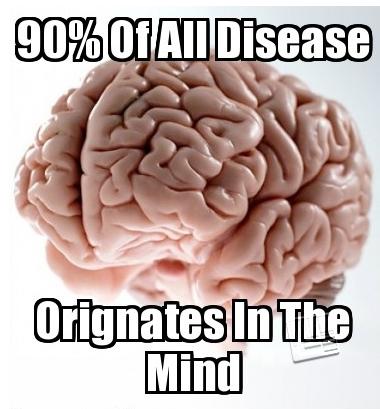

rates, ld inal
eport inst
Strep throat[58],[59], urinary tract infections[60], and MRSA[61] A bonus of eating honey is that it can include propolis, a mixture of bee saliva and wax known as “bee glue,” which contains over 300 therapeutic compounds that fight cancer[62],[63] as well as harmful bacteria[64],[65]
Here https://kellybroganmd com/supplements/ is where I recommend purchasing high quality supplements.
References
[1] https://wwwncbi nlm nih gov/pubmed/25756071
[2] https://wwwncbi nlm nih gov/pmc/articles/PMC4831151/
[3] https://wwwncbi nlm nih gov/pmc/articles/PMC4831151/table/Tab1/
[4] https://wwwncbi nlm nih gov/pubmed/28520993
[5] https://wwwncbi nlm nih gov/pubmed/19018661
[6] https://wwwncbi nlm nih gov/pubmed/12583961
[7] https://wwwncbi nlm nih gov/pubmed/15158604
[8]
https://wwwnature com/nature/journal/v444/n7122/abs/nature05414 html
[9] https://wwwncbi nlm nih gov/pubmed/28529928
[10] https://wwwncbi nlm nih gov/pubmed/15688263
[11] https://wwwncbi nlm nih gov/pubmed/22891208
[12] https://wwwsciencedirect com/science/article/pii/S1043661812001661
[13] https://wwwncbi nlm nih gov/pubmed/28197902
[14] https://wwwncbi nlm nih gov/pubmed/28550767
[15] https://wwwncbi nlm nih gov/pubmed/26580313
[16] https://link springercom/article/10 1186/2228-5326-2-32
[17] https://link springercom/article/10 1007/s10295-006-0139-7
[18] https://wwwncbi nlm nih gov/pubmed/17379174
[19] https://wwwncbi nlm nih gov/pubmed/18372271
[20] https://wwwncbi nlm nih gov/pubmed/18854209
[21] https://wwwncbi nlm nih gov/pubmed/27899152
[22] https://wwwncbi nlm nih gov/pmc/articles/PMC4030608/
[23] https://wwwncbi nlm nih gov/pubmed/28377931
[24] https://wwwncbi nlm nih gov/pubmed/20095126
[25] https://wwwncbi nlm nih gov/pubmed/19501283
[26] https://wwwncbi nlm nih gov/pubmed/19610522
[27] https://wwwncbi nlm nih gov/pubmed/18592739
[28] https://wwwncbi nlm nih gov/pubmed/20548937
[29] https://wwwncbi nlm nih gov/pubmed/17900043
[30] https://wwwncbi nlm nih gov/pubmed/28198157
[31] https://wwwncbi nlm nih gov/pubmed/25395702
[32] https://wwwncbi nlm nih gov/pubmed/27994215
[33] https://wwwncbi nlm nih gov/pubmed/27051475
[34] https://wwwncbi nlm nih gov/pubmed/19748859
[35] https://wwwncbi nlm nih gov/pubmed/16398593
[47] https://wwwncbi nlm nih gov/pubmed/27761418
[48] https://wwwncbi nlm nih gov/pubmed/28489336
[49] https://wwwncbi nlm nih gov/pubmed/12602248
[50] https://wwwncbi nlm nih gov/pubmed/16339933
[51] https://wwwncbi nlm nih gov/pubmed/25837272
[52] https://wwwncbi nlm nih gov/pubmed/24035939
[53] https://wwwncbi nlm nih gov/pubmed/26693740
[54] https://wwwncbi nlm nih gov/pubmed/21473867
[55] https://wwwncbi nlm nih gov/pubmed/28474502
[56] https://wwwncbi nlm nih gov/pubmed/28417271
[57] https://wwwncbi nlm nih gov/pubmed/28257905
Dr Brogan is boarded in: Psychiatry/Psychosomatic Medicine/Reproductive Psychiatry and Integrative Holistic Medicine, and practices Functional Medicine, a root-cause approach to illness as a manifestation of multipleinterrelated systems After studying Cognitive Neuroscience at M I T, and receiving her M D from Cornell University, she completed her residency and fellowship at Bellevue/NYU. She is one of the nation’s only physicians with perinatal psychiatric training who takes a holistic evidencebased approach in the care of patients with a focus on environmental medicine and nutrition. She is also a mom of two, and an active supporter of women's birth experience. She is the Medical Director for Fearless Parent, and an advisory board member for GreenMedInfo com Visit her website
Disclaimer: This article (https://wwwgreenmedinfo com/blog/antibioticsside-effects-and-alternatives) is not intended to provide medical advice, diagnosis or treatment Views expressed here do not necessarily reflect those of The Natural Health Journal
[36] https://wwwncbi nlm nih gov/pubmed/9043936 1 9 3 6 7/#A19118R8
"© [July 27,2019] GreenMedInfo LLC This work is reproduced and distributed with the permission of GreenMedInfo LLC Want to learn more from GreenMedInfo? Sign up for the newsletter here: wwwgreenmedinfo com/greenmed/newsletter"
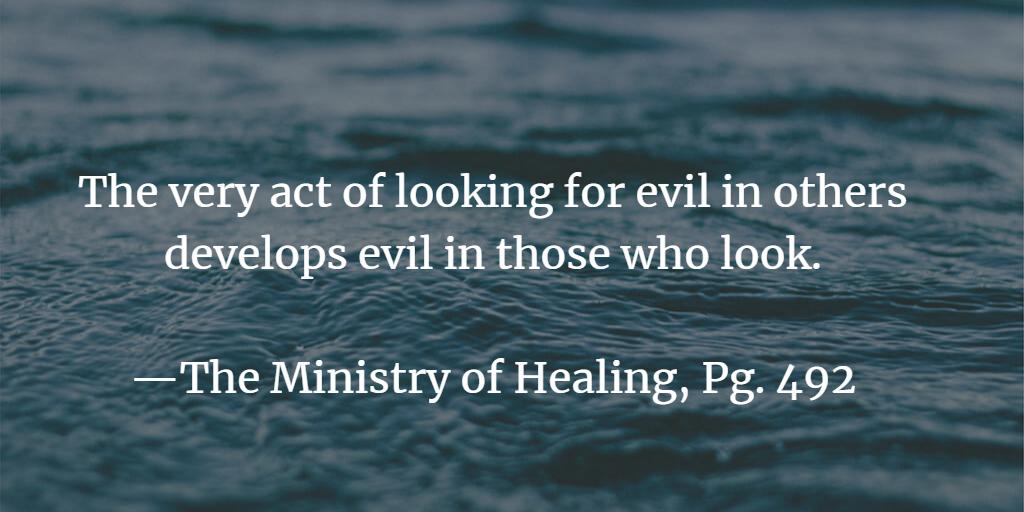



When people think of lime they think of a sour tasting piece of fruit, perhaps the cousin of lemon However, lime has powerful and amazing medicinal properties. A look at some of the research from the National Library of Medicine reveals some of its amazing medicinal powers This research reveals that lime has the capacity to outright cure, or in the alternative, to exceedingly accelerate healing time in a variety of diseases that actually threaten life.
For instance, according to the CDC Sickle Cell, which afflicts some 1000,000 Americans, and is especially prevalent among African-Americans, as it is diagnosed or occurs in about 1 out of every 365 Black or AfricanAmerican births, can be helped by lime juice In a clinical trial lime juice was recently found to reduce painful episodes in those with sickle cell, as well as febrile illness, and hospital admission rate for sickle cell in children
Another serious illness that lime juice has been found to be very effective against is malaria Malaria is a mosquito born parasitic disease, which is estimated to cause about 219 million cases of illnesses resulting in 660,000 deaths every year Typically toxic drugs are used to treat malaria, but a recent study found that lime juice greatly increases malarial clearance when combined with standard drug therapy. At the very least this may allow less of the drugs to be used, as lime increases malarial clearance so effectively.
Lime is also a natural way of helping to disinfect water It has been found to enhance the disinfection of water by both killing norovirus as well as Escherichia coli It has also been found to kill the cholera pathogen which is said by the World Health Organization to affect between 3 to 5 million people a year and cause between 100 000 and 130 000 of them to die yearly

Sources:
https://wwwcdc gov/NCBDDD/sicklecell/data html
https://wwwgreenmedinfo com/blog/lime-juicecould-save-100s-thousands-lives-each-year# ftn5
https://wwwgreenmedinfo com/article/lime-citrusaurantifolia-juice-induces-programmed-cell-deathhuman-pancreatic-
Why Even Six Hours Of Sleep Nightly Is Not Enough
By Dr Keith HenryN D
e able to be used in the ficult types of cancer to r Lime juice was found h in pancreatic cancer
we can be sure that it is atest gifts to humanity!
Most of us know that sleep is very important; however, many people say oh I can survive on 5 to 6 hours of sleep per night and do just fine Actually there is some research that has been known of for a while that even six hours of sleep per night is not enough
First we should understand that not getting enough sleep is extremely detrimental to the health of the body as well as to that of the mind There was a sleep deprivation study published in the Journal, Sleep, which involved 48 adults with some being deprived of sleep They were only allowed a maximum of 4,6, or 8 hours of sleep per night for a period of two weeks Astonishingly one subset of the study was deprived of sleep for a full three days!
During the study, while the subjects were in the lab, they were tested every two hours The researchers looked at their cognitive performance, their reaction time, and also asked some questions about their mood as well as any symptoms they were experiencing.
The study yielded some interesting yet not surprising results Those in the study who were able to sleep eight hours per night performed the best out of the group on average. Those who only were able to sleep 4 hours a night did worse each passing day The group who slept six hours per night seemed to be doing quite well until about the 10th day of the study
As the experiment came to a close the subjects who were only allowed a maximum of 6 hours of sleep per night revealed cognitive performance that was just as bad as the people who were not allowed to sleep at all for days!
As the study progressed it seemed that those getting just six hours of sleep per night were doing just fine. However, it was revealed that the cumulative effect was just as bad as not sleeping for two straight days The group getting 4 hours of sleep each night performed just as poorly cognitively, but they crashed sooner than those getting the six hours per night maximum
One of the interesting things that emerged out of the study was that the group getting only six hours of sleep per night, when asked about their sleepiness responded that it was not that bad at all
Notwithstanding the fact that their cognitive performance was getting worse and worse
One of the things that we should take note of in this
study is that just a little bit of sleep deprivation over the period of two weeks can have astonishingly negative results due to the cumulative effect of sleep deprivation So imagine the cumulative effect of sleep deprivation over a period of months or years
Strive to get eight hours of sleep per night, ideally getting to bed by 10 PM Don't short yourself on the amazing benefits of getting enough sleep nightly
Bring Down Blood Pressure Without Drugs Staff Article
High blood pressure (Hypertension) is a big problem in the United States Natural practitioners have long known of very effective ways to naturally lower hypertension Recently however, M Alfredo Mejia, an associate professor in the Department of Public Health, Nutrition and Wellness at Andrews University, recognition in a ople manage their rcise, and sleep

identified as m, at the American meeting
nt-based diet and diet found in the
egetables, nd seeds

In Mejis’s first study about 50% of the participants in the program lowered their blood pressure to recommended levels in just 14 days That is very similar to what one would expect from standard medical treatments.
The lifestyle changes outlined in the program eventually allowed a full 93% of the participants to stop taking all of their blood pressure medications!
This illustrates the amazing power that simple lifesyle changes can have when they are followed on a consistent basis
Source:naturalnews com
If you haven't read these previous issues of The Natural Health Journal you are missing out on information that could literally save your life or the life or some one that you love. You can read and download any of the issues free of cost at thenaturalhealthjournal.com
A Particular Case Study-The Results Were Astonishing
The Georgetown researcher mentioned above, Dr Preuss and his colleagues, conducted a study In this study, they followed 30 healthy but overweight people between the ages of 21 and 50 for 8 weeks All of the study subjects ate a 2,000 calorie a day diet and they also walked for 1/2 hour five days per week One set of the participants in the study were given a formula of HCA bound with both calcium and potassium The other group was given a placebo
The Amazing Results Of The Short Case Study
When the study ended, the placebo group had lost an average of three pounds, over that 8 week period; however, the HCA group had lost an average of 12 pounds an amazing 400 percent more weight Not only that their average BMI (Body Mass Index) fell by a nice 6 3 percent; while in the placebo group, there was only a 1 7 percent decrease
Another benefit that was observed in the study was that the HCA was found to have experienced nearly a double uptick in serotonin levels when compared to the placebo group Higher serotonin levels are associated with fewer cravings, as well as a greater sense of mental calmness


Another benefit that was observed in the study was that the HCA was found to have experienced nearly a double uptick in serotonin levels when compared to the placebo group Higher serotonin levels are associated with fewer cravings, as well as a greater sense of mental calmness Check out our Garcinia Cambogia Complex
Phase3wellness.com
